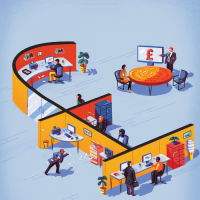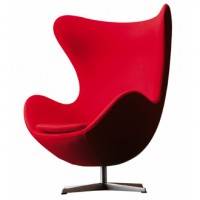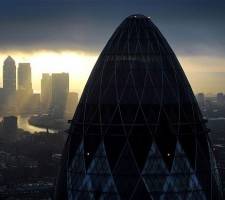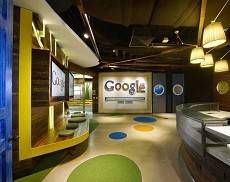March 24, 2015
Film: The Japanese workers who withdraw to live in Internet cafes
Japanese workers appear to manifest some of the most extreme reactions to the challenges of modern life. Often these are related to the uncertainties of work and the fracturing of time and space associated with contemporary working life. Two of the most common characteristics of the Japanese response appears to be isolation and exclusion. Recently, the Japanese Government investigated the phenomenon of banishment rooms which some firms are alleged to have used to exclude unwanted employees. There has also been a great deal of talk about hikikomori, those people who lock themselves away from the rest of the world, estimated to be up to 1 percent of the population. Now, a new film from Shiho Fukada tells the story of two Japanese men who have taken to living in Internet cafes as they seek to find their way in life.























March 27, 2015
MIPIM demonstrated how property industry is moving with the times
by Anna King • Comment, Property, Workplace design
(more…)